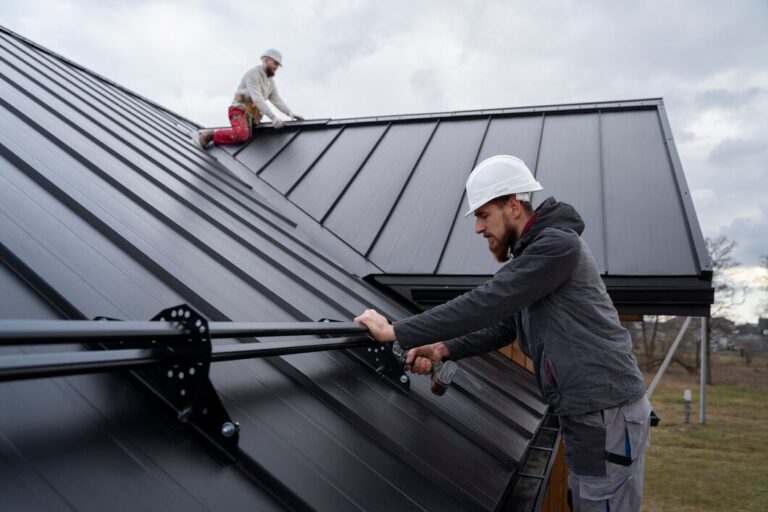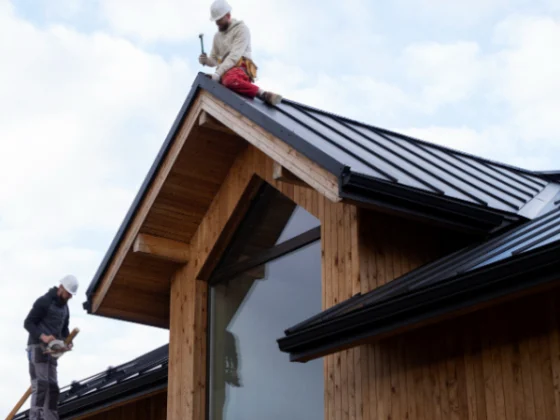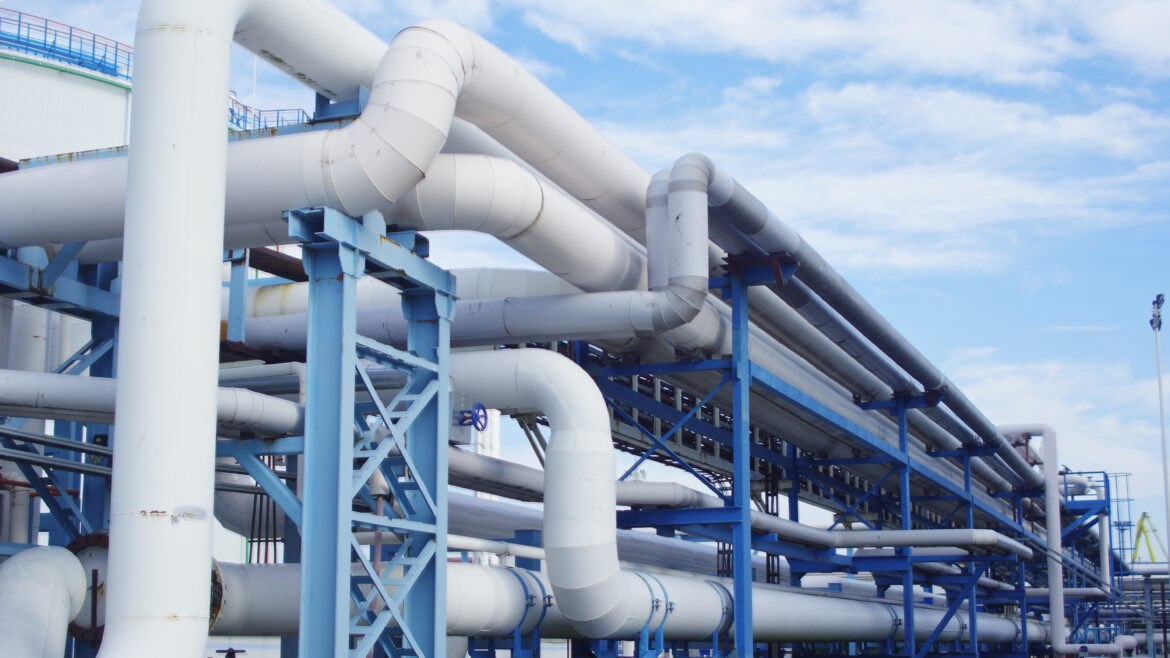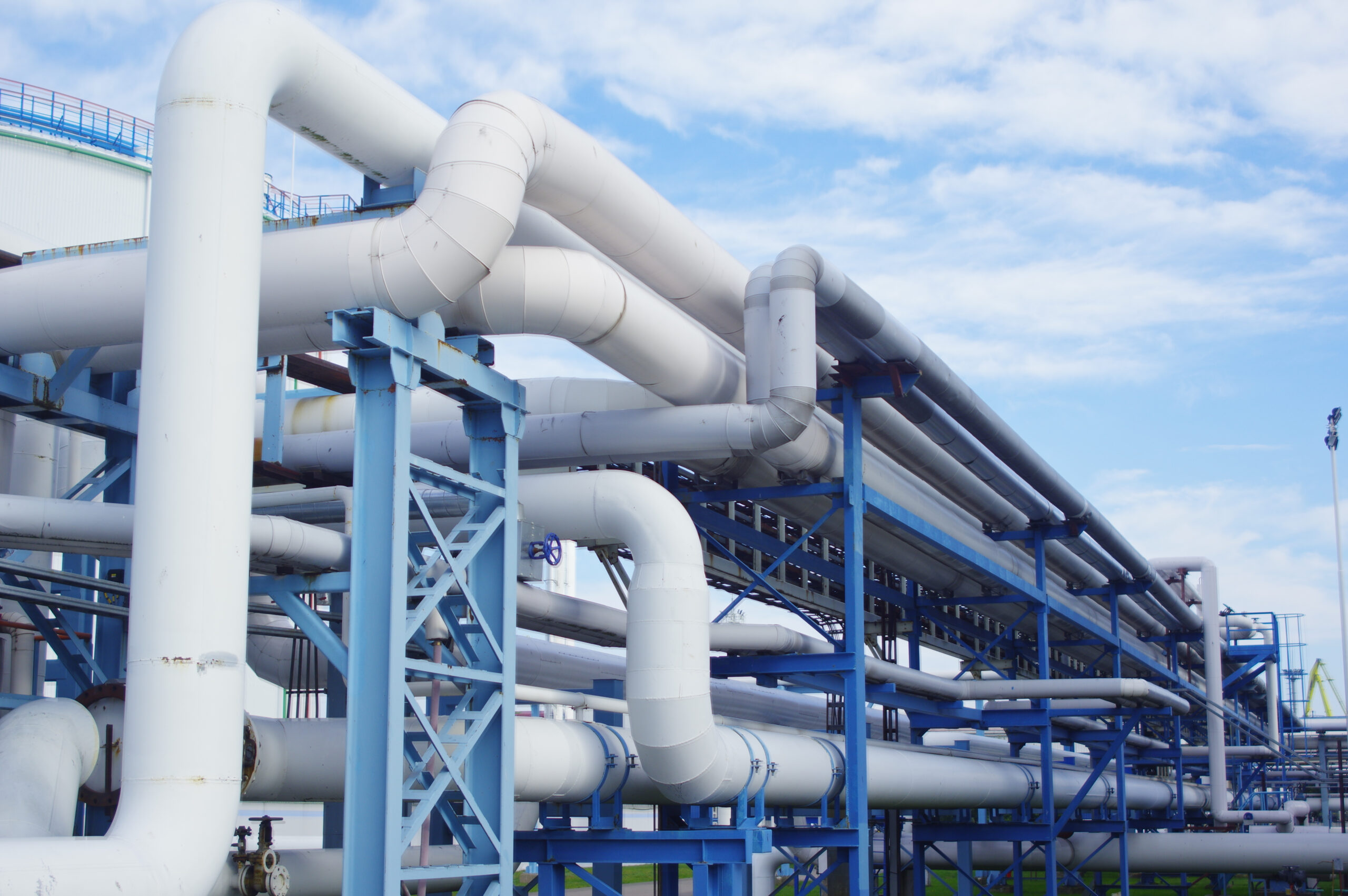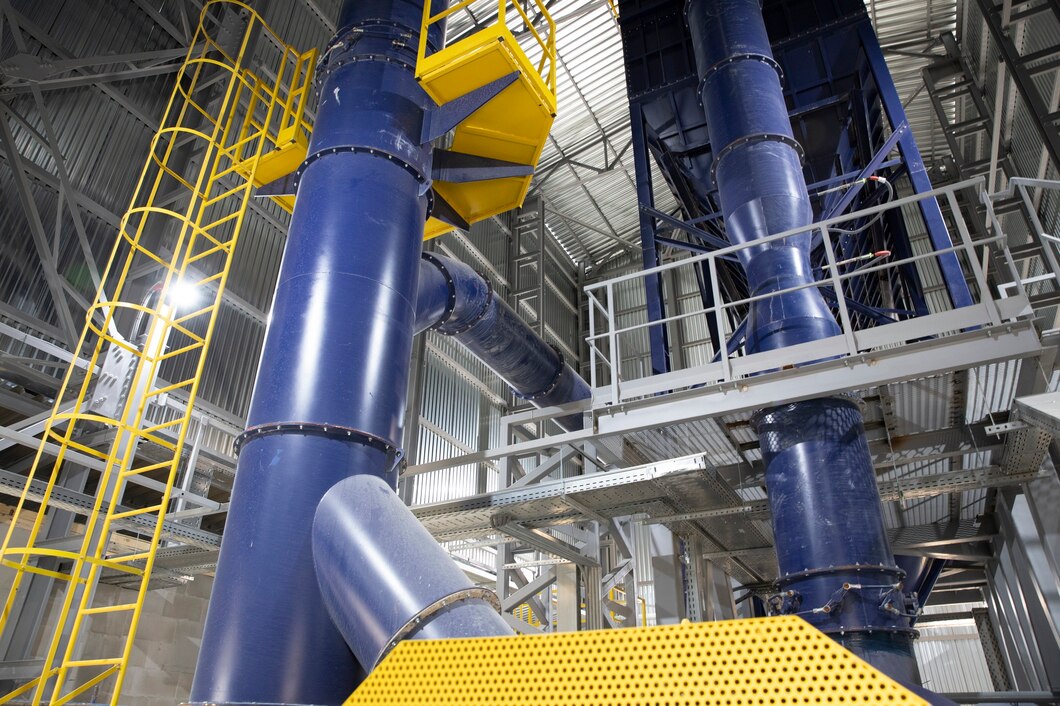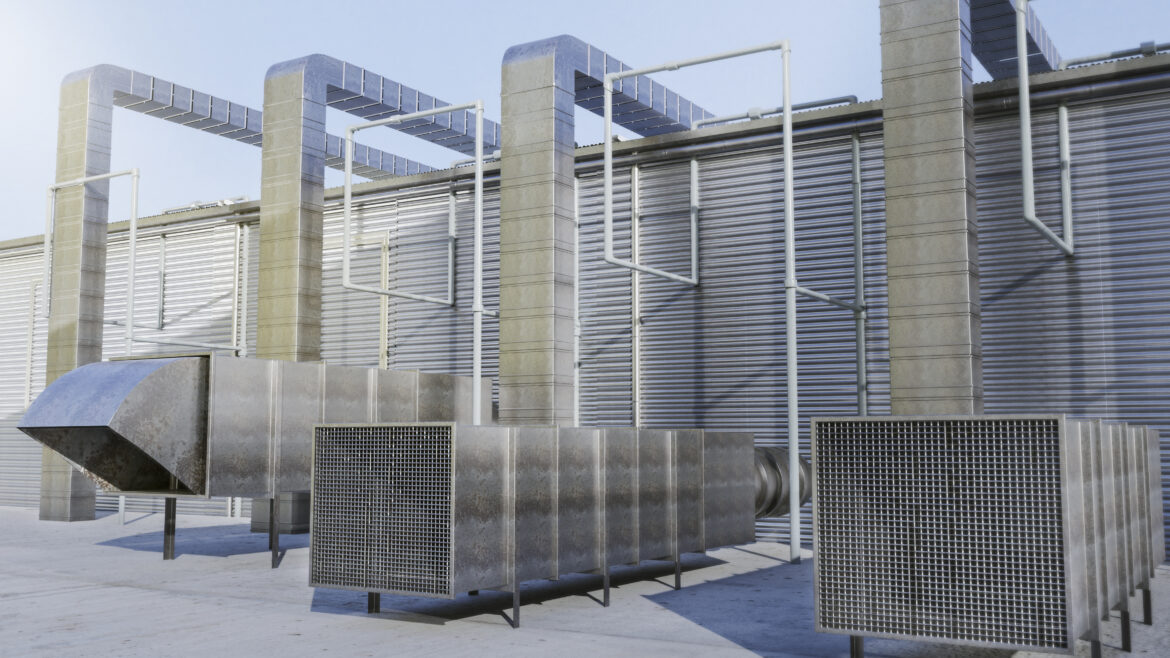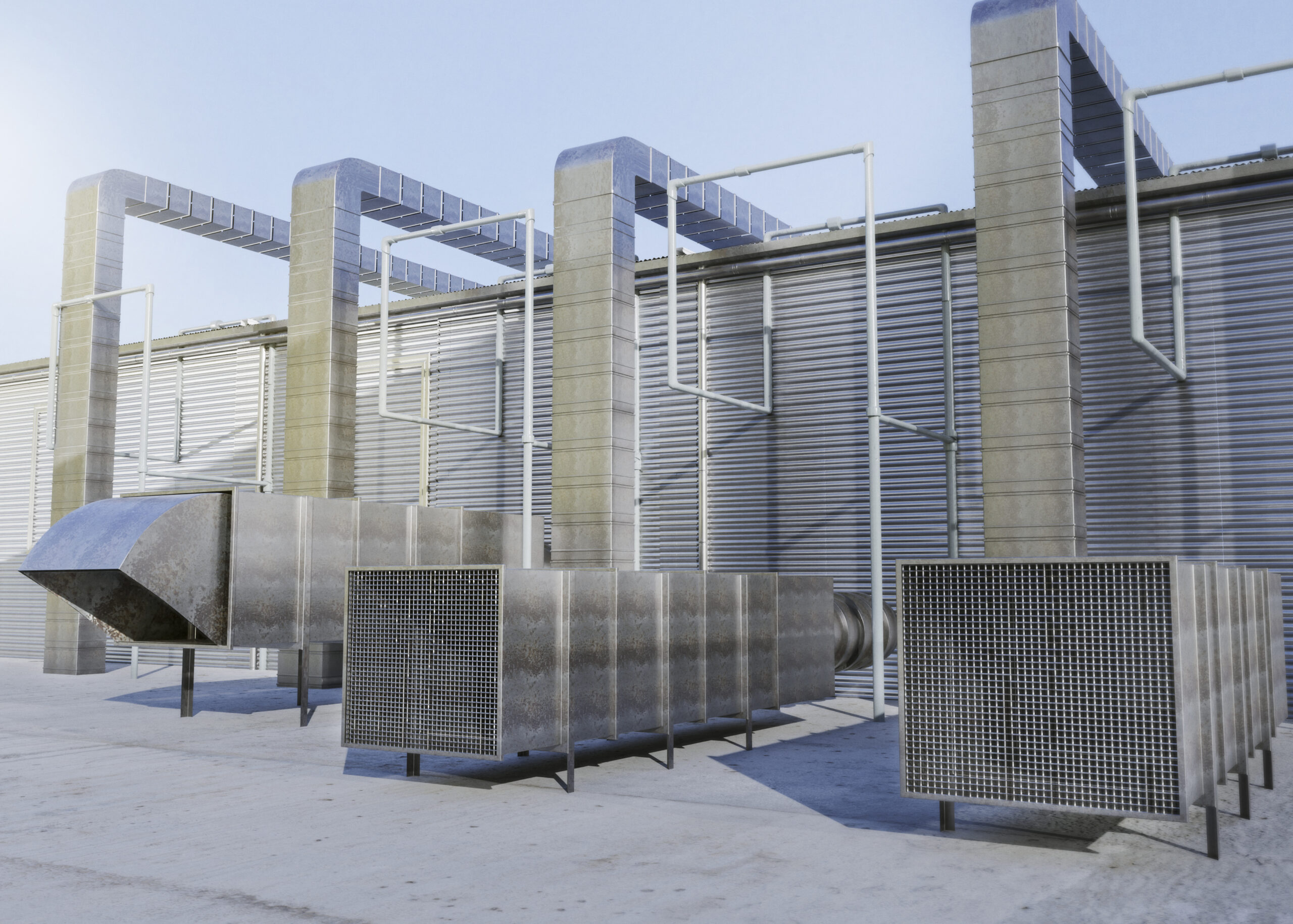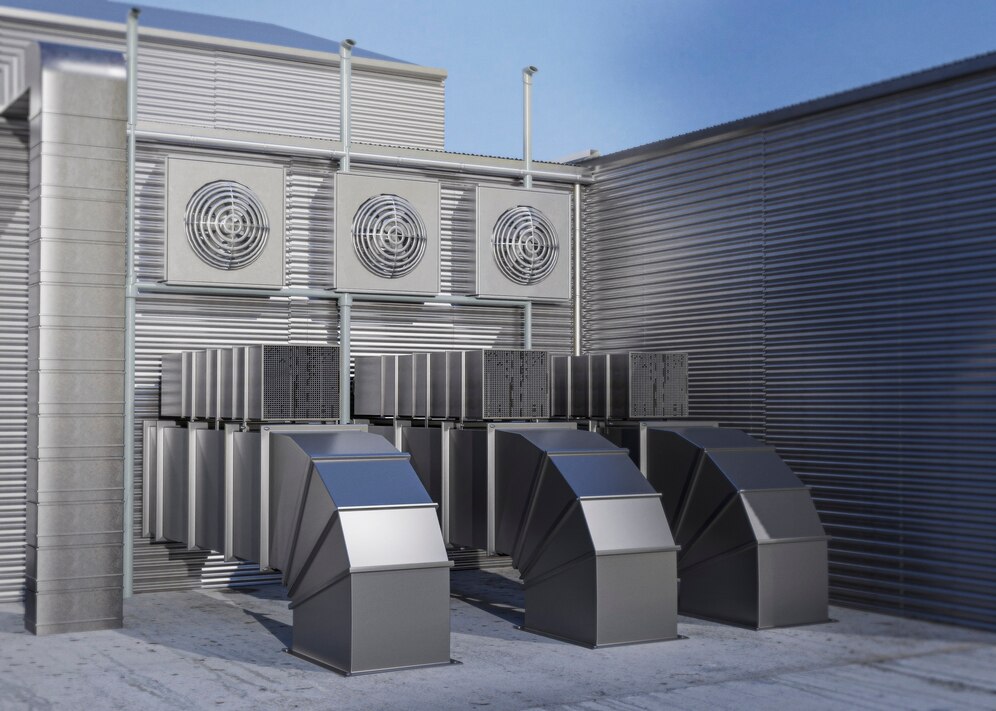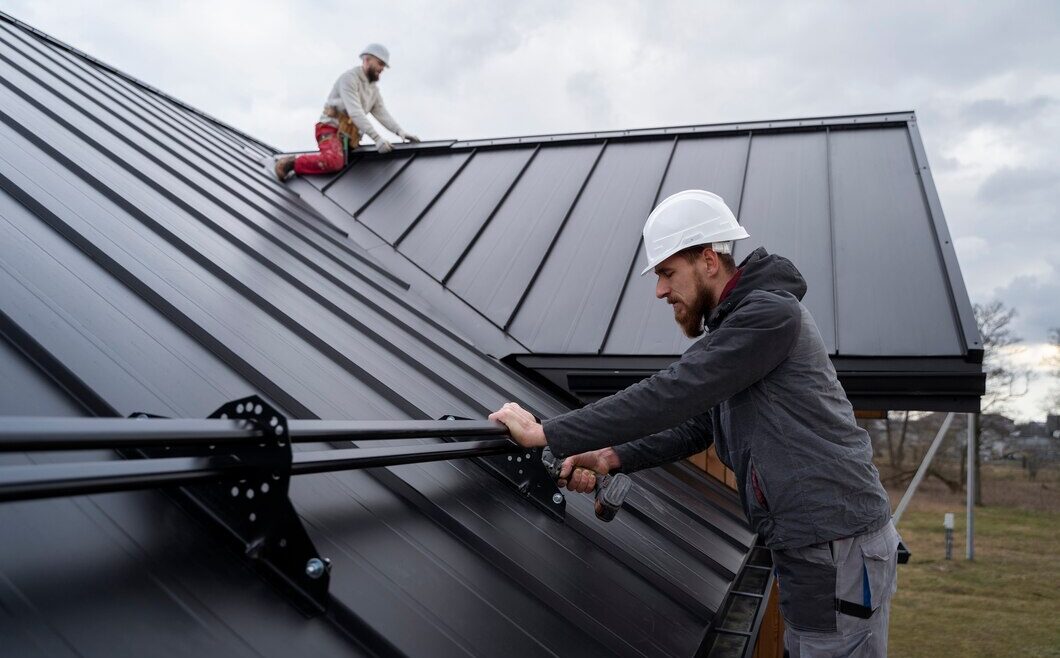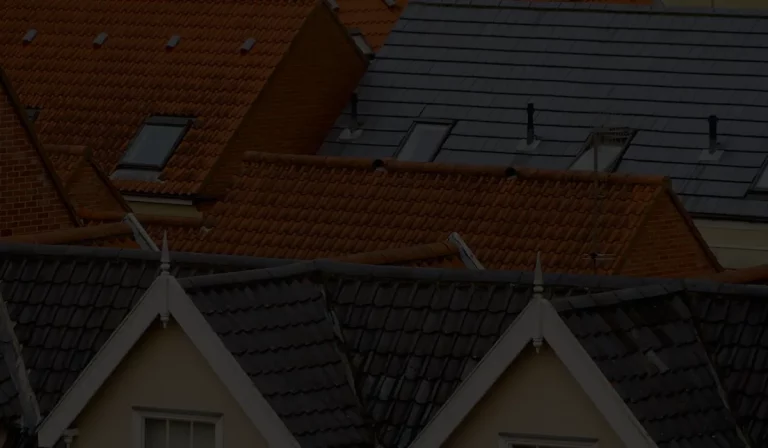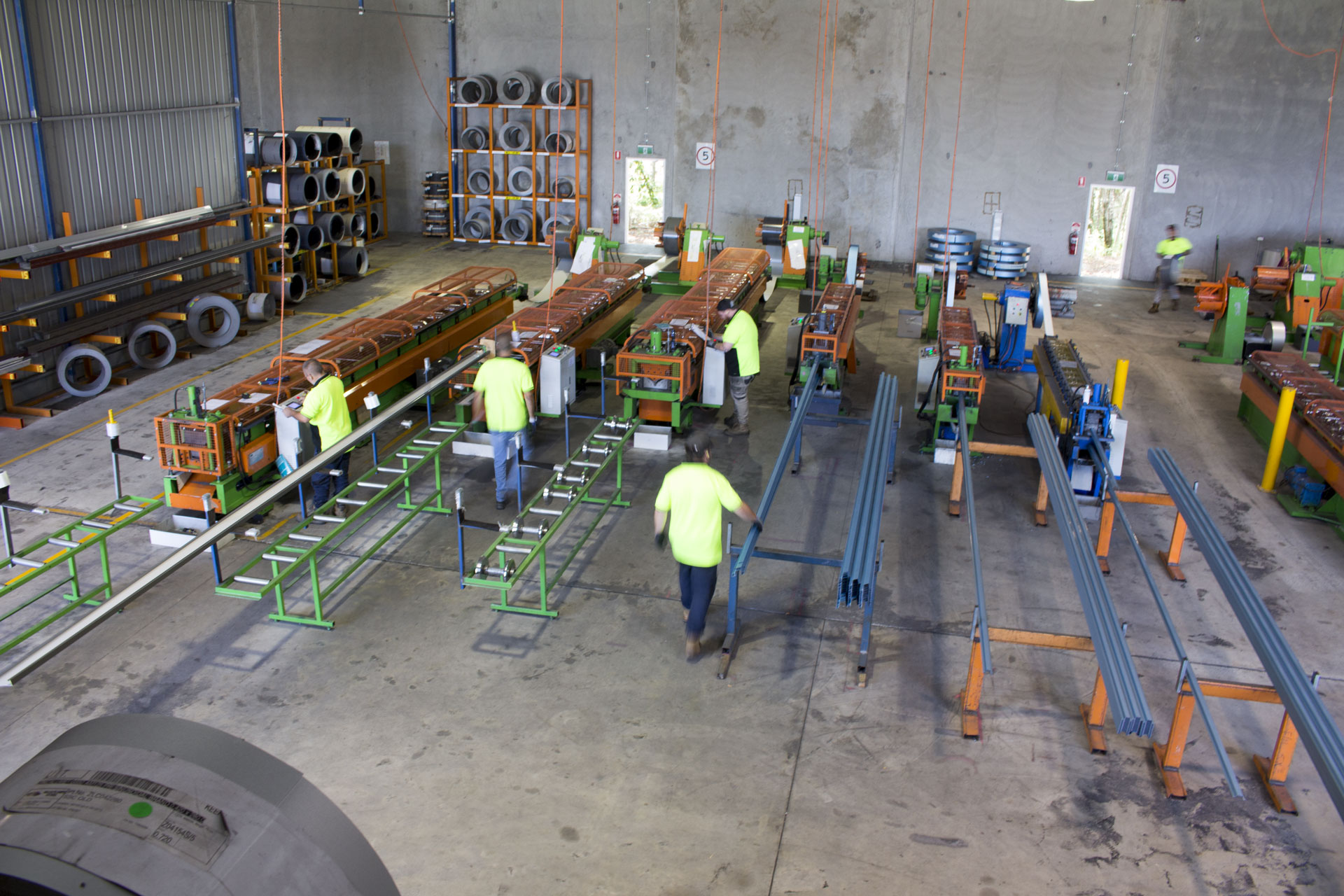One of the most important parts of a building is the roof, which is the first line of defence against the elements. This makes the choosing process of roofing supplies the most critical decision for builders or homeowners.
With so many options available in the market, ranging from shingles to metal roofing systems, choosing the best according to your needs can be a challenging task for you, especially if you don’t know much about the pros and cons of different roofing systems.
We are here to help you simplify the complicatedness of differentiated roofing supplies by offering beneficial insights that will help you make a well-informed decision. Whether you are a builder or a homeowner looking to renovate your house, this blog will guide you through all the essential resources needed to make the best decision.
Types of Roofing Materials
Before we compare, it is important to understand the different types of roofing materials that are commonly available in the market. Choosing the right roofing material is important as it can directly impact your home’s value and durability. With so many options, we will help you guide through the different roofing materials.
Here are some roofing materials that are used in building roofs:
RollDek Roof Sheeting
RollDek roof sheeting is a versatile and durable material which is known for its cost-effectiveness and easy installation process. These aluminium or steel sheets are designed with high-quality material to withstand harsh climate conditions while providing long-lasting performance.
✔ It comes with great durability, resistance to corrosion, and protection from UV radiation that ensures a longer lifespan with low maintenance.
✔ It is versatile in nature as it is suitable for numerous applications like residential, commercial, or industrial.
✔ It is also cost-effective in nature with no compromise in quality and performance in roofing solutions.
RollTop Ridge
RollTop ridge roofing material is specially designed to provide a pleasant and aesthetic look to the building with a seamless finish to the ridge of the roof. These are typically made from the same material as RollDek sheets, and these sheet materials offer good harsh climate resistance and enhanced durability.
✔ It is trusted for providing a seamless finish at the roof ridge that can enhance the overall look of the roof.
✔It comes with great protection from difficult weather conditions and protects against roof damage.
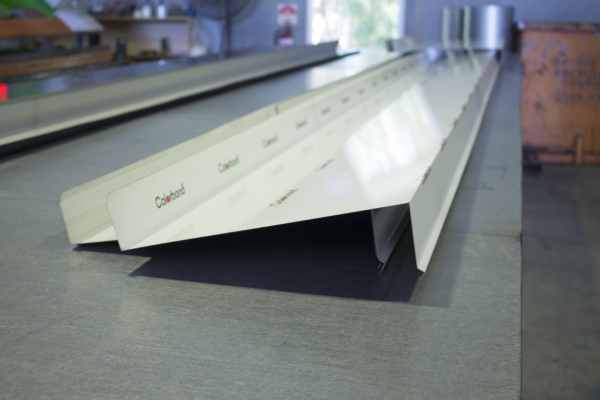
Gable Roll
Gable roll roofing material is used at the gable ends of the roof to give a finished and clean appearance with added weather protection. Equivalent to the RollTop ridge, gable roll is also available in different materials.
✔ Used to create a completely finished and clean look at the gable ends, increasing the overall look.
✔ Designed to withstand harsh weather conditions, which reduces the risk of damage.
✔ Also compatible with various ranges of rooftop designs.
Translucent Polycarbonate
Translucent polycarbonate and fibreglass panels are special materials that are designed to allow natural light into the building, simultaneously providing strong protection against the external components.
✔ Allows natural light to enter, which can create good indoor comfort.
✔ Good resistance from UV radiation and other challenging weather conditions ensures long-term usage.
✔ Energy efficient as it reduces the usage of artificial lights in daylight.
Insulated Solarspan
Insulated Solarspan is an innovative roofing solution that combines both roofing and insulation in one integrated system. This material is generally designed to offer superior thermal performance, great comfort, and energy efficiency.
✔ With its superior insulation, it reduces heat loss in extreme winters and helps in summers by not letting the heat enter.
✔ It is also energy efficient as it diminishes the need for artificial heating or cooling, which also results in saving money.
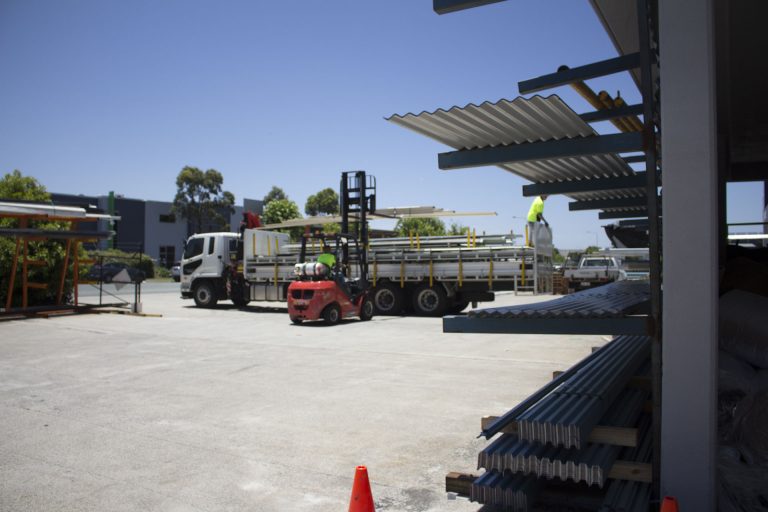
Some Key Considerations When Comparing Roof Supplies
Lifespan and Durability
These are some of the most crucial factors to consider when choosing the best roofing supplies. When you choose metal roofing, it can last up to 40-50 years or more, and materials like asphalt shingles typically last up to 20-30 years with maintenance.
Cost-Efficient
Also another one of the main components to consider while choosing rooftop supplies is cost. While some roofing supplies are budget-friendly, and some premium materials like metal roofing can cost more, they also offer long-term cost savings due to their durability and low maintenance requirement.
Maintenance Requirements
Regular maintenance is important to prevent the roof from costly repairs and to maintain longevity. Materials like wood need frequent maintenance, while asphalt or metal roofing requires low maintenance.
Climate Considerations
To maintain sustainability, climate consideration is one of the important components to look out for. The environmental impact on roofing materials has become a consequential consideration, always choose roofing material according to your area’s weather conditions to maintain durability.
Installation Complicatedness
Installation varies with different roofing materials as some materials are easy to install, while some of them take more time and are more complex. Materials like asphalt shingles are likely to be straightforward and easy to install; other materials may require professional help due to their structure, weight, and design.
Fire Resistance
This factor is important to consider while choosing a roofing material, as some areas are prone to wildfires or uncompromising fire safety regulations. In these scenarios, opting for materials that are resistant to fire is also crucial for providing you with a sense of safety.
Final Thoughts
You can consider these points while choosing your roofing supplies. At Roll Tech Australia, we bring over 20 years of experience to offer premier roofing solutions on the Sunshine Coast. We are known for using the highest quality material and are committed to meeting Australia’s unique weather demands.
Are You Ready To Elevate Your Building’s Roofing System?
Contact us today for customised roofing solutions according to your unique needs, we offer solutions combined with durability, quality, and expertise.
Consider us for your next roofing project to ensure the best quality.
Get in touch with us today, we offer you-
✔ Eco-friendly and sustainable options
✔ Customer satisfaction
✔ Solutions with 20+ years of expertise



